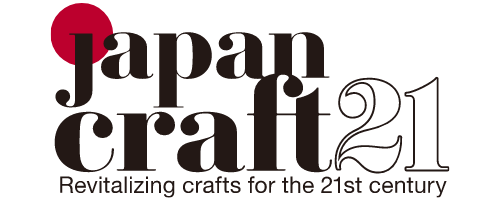JC21ギャラリー
英語と日本語の簡単な説明が付いた日本美術のギャラリーをお楽しみください。芸術に関するその他の記事や詳細な解説については、SteveBeimelが主催するJapanLivingArtsブログにアクセスすることをお勧めします。
テキスタイル
伝統芸術
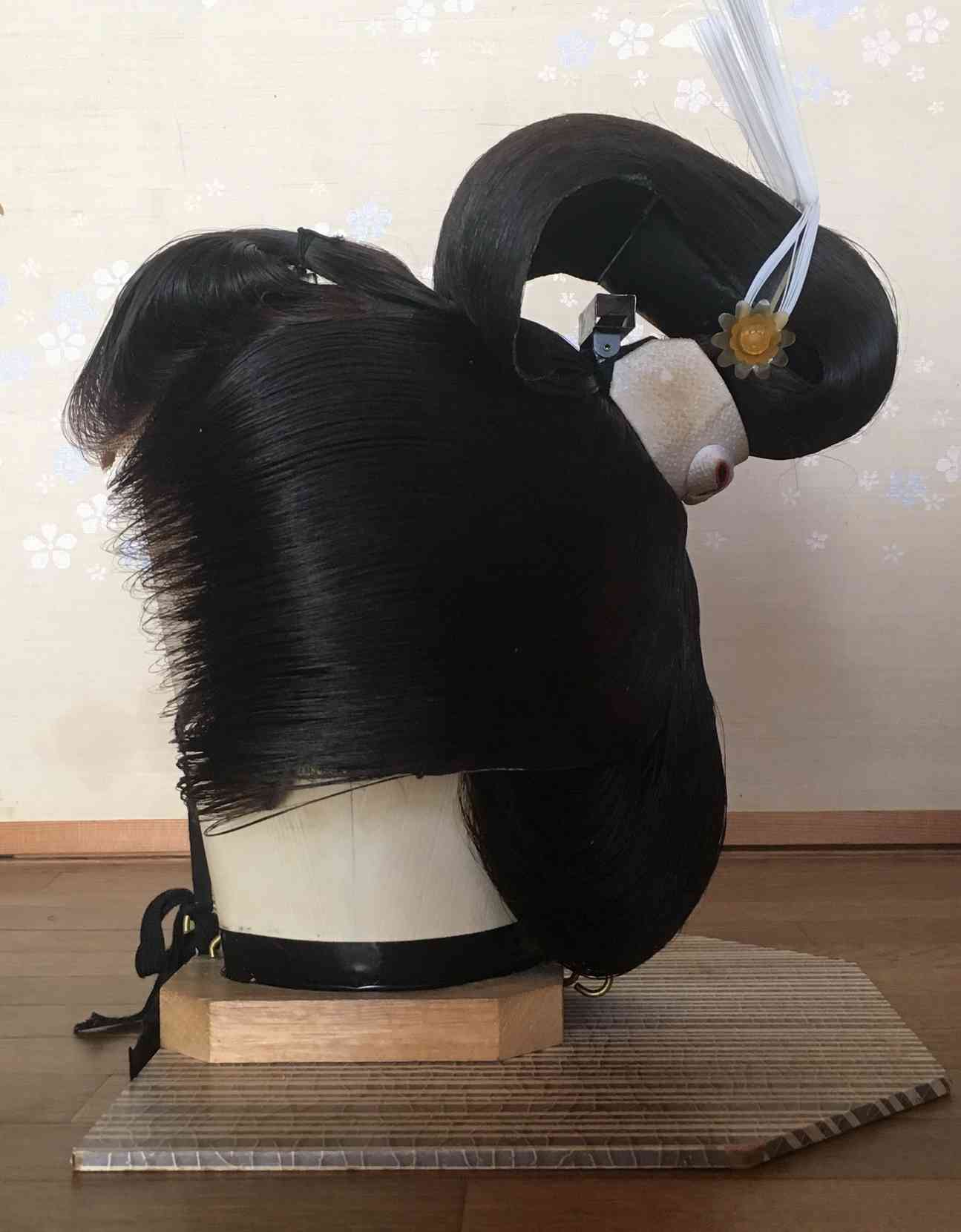
By Elaine Baran
•
2021年12月5日
Yano Kamoji is produced in Yano-cho, Aki-ku, Hiroshima City, Hiroshima Prefecture. Kamoji refers to hair piece or hair extensions used for hair styling, but in a broader term, it also includes wigs. Yano Kamoji was popularized nationwide at the end of the Taisho era due to the clay called higetsuchi, required for removing oil from the wig, was available in Yano-cho. Furthermore, plenty of water, which was necessary for washing these wigs, flowing from the valley through the town gave a perfect environment for Kamoji production in Yano-cho.
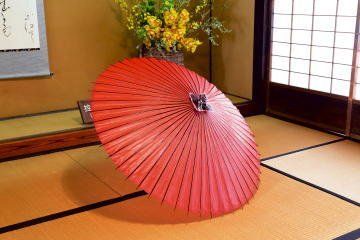
By Elaine Baran
•
2021年12月5日
Mima’s wagasa (Japanese umbrella) is from Mima City in Tokushima Prefecture, which is also known as the “Wagasa no Sato” (Land of wagasa). Around the last year of Tensho era (1586), there were good materials in Mima for making umbrellas, such as bamboo and Japanese paper. Umbrella craftsmen from Mino in Gifu Prefecture were called for manufacture in Mima. Bamboo is used as the bone of an umbrella, with dyed Japanese paper, and it is finished with oil, decoration, and lacquer.
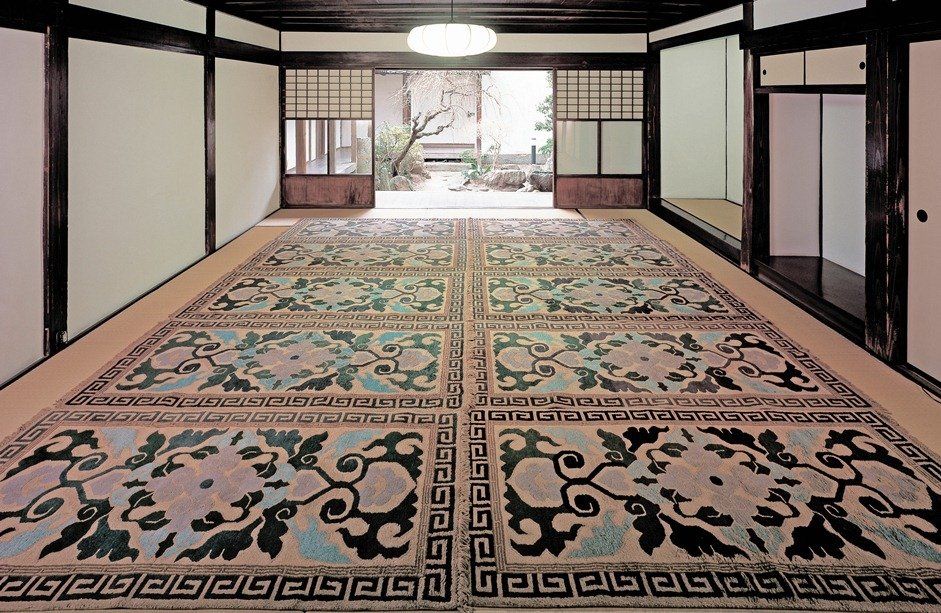
By Elaine Baran
•
2021年12月4日
Nabeshima Dantsu is a traditional craft of Ogimachi in Saga City, Saga Prefecture. A farmer from Ogimachi called Kiyoemon Koga learned the technique of dantsu (carpet weaving) from Chinese people in Nagasaki in the early Edo period and wove it under the name of “Ogimachi Monsen (Ogimachi rug)”. This is the origin of Nabeshima Mantsuu, the most ancient cotton carpet weaving in Japan. Traditionally, it is hand-woven on a wooden loom made with cherry trees and pine trees, using high-quality cotton warp and weft thread.
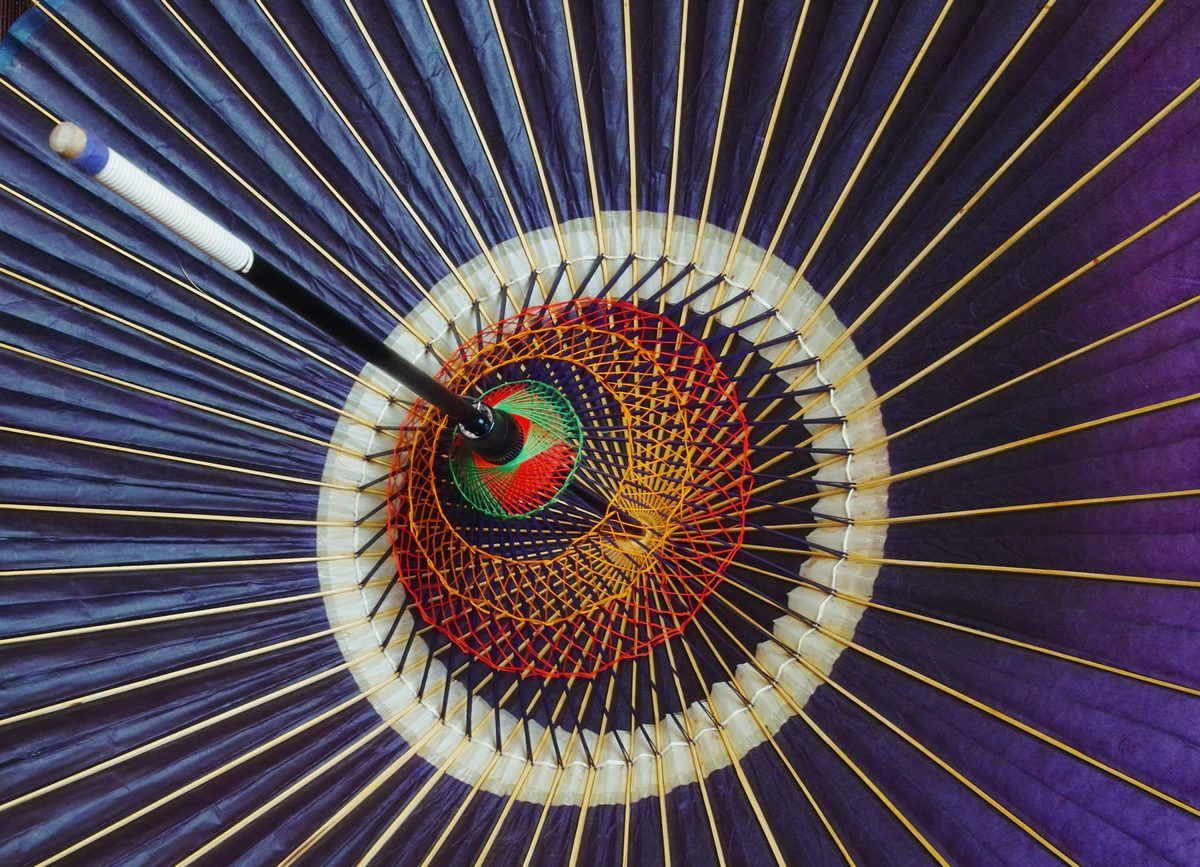
By Stephen Beimel
•
2021年12月4日
Chikugo Wagasa (Japanese umbrella) is a traditional craft from the Chikugo area of Fukuoka Prefecture, Kyushu. The origin of Chikugo Wagasa is said to have started when the priest of the local Hiyoshi Shrine started as a side business in the early Edo period. These beautiful and practical umbrellas are made using only Japanese natural materials such as bamboo, Japanese paper, lacquer, oil, glue, thread, and persimmon tannin, and it is crafted with more than 100 complicated processes. Matake, a type of bamboo, used for the bone and patterns, was available via the Chikugo River, and areas famous for Japanese paper and persimmon tannin were nearby, making it a major production area for Japanese umbrellas.
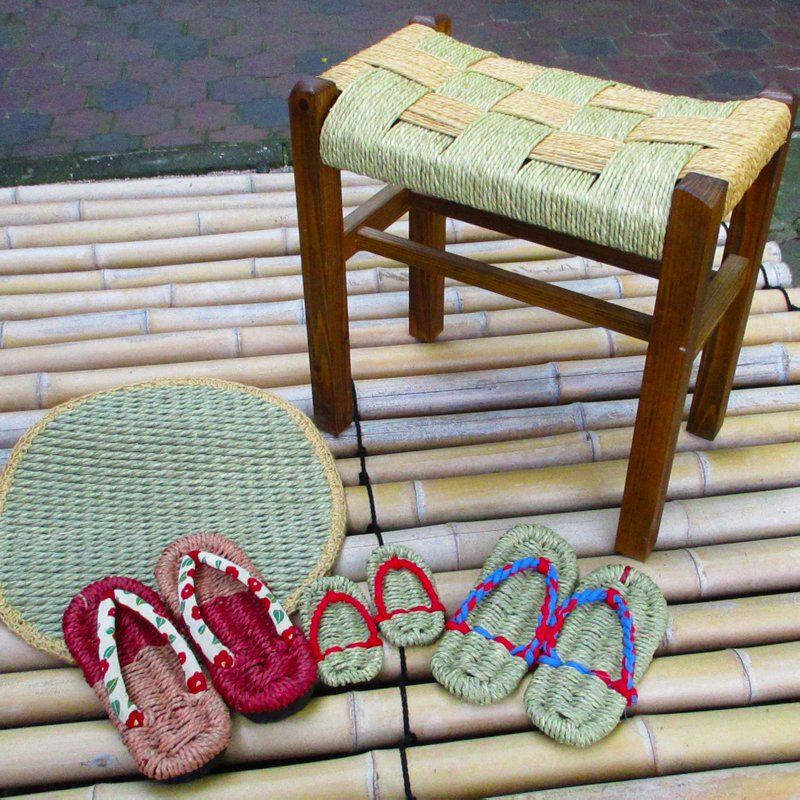
By Stephen Beimel
•
2021年12月4日
Igusa kogeihin (rush crafts) are crafts from Yatsushiro City in Kumamoto Prefecture, known as the number-one rush producing area in Japan. It is said that its origin is around 500 years ago when Tadahisa Iwasakishume acted as the castle lord of Agetsuchi Castle and encouraged the cultivation of rush in the territory. In addition to tatami mats and rugs, rush crafts include cushions, slippers, and slit curtain made by knitting them with rush ropes.
Contact Info
JapanCraft21
Ichihara-cho 163-7 Shizuichi, Sakyo-ku, Kyoto, 601-1123 Japan
〒601-1123 京都市左京区静市市原町163-7


